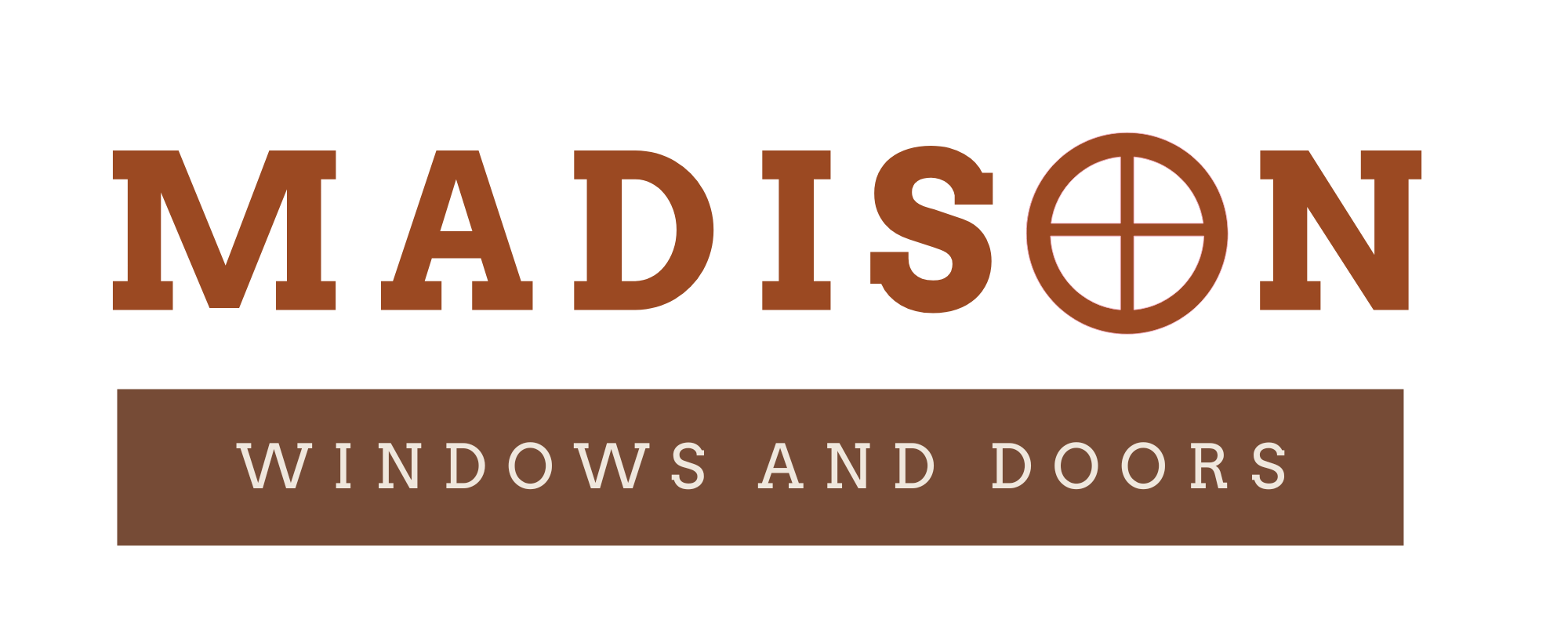Unlike double-hung windows that open vertically within a frame, casement windows hinge on one side and swing outward with a crank. They create a tight seal when closed and are among the most energy-efficient options.
These windows offer unobstructed views of nature and can make smaller rooms feel bigger, drab homes brighter, and cluttered spaces more interesting. They are also easy to operate and durable.
They offer unobstructed views of the outdoors
Unlike double-hung or sliding windows, casement windows open vertically and swing outward by turning a handle. This design allows them to catch side breezes and maximize cross-ventilation, which helps maintain air quality and reduce the strain on heating and cooling systems.
In addition, casement windows offer a greater level of security. They have a multi-point locking system that keeps intruders out and prevents drafts from leaking in. They also have a tight seal when closed, which prevents energy loss and reduces the need for artificial cooling.
These windows are available in a wide variety of shapes and sizes to suit any home or commercial space. They can be combined with a picture window to create a stunning architectural feature or with flankers to provide improved ventilation in hard-to-reach spaces. Casement windows can be crafted from wood, vinyl or aluminum. The vinyl option is popular for its durability and low maintenance, while the wood offers a classic look and can be stained or painted to match your décor.
They are energy-efficient
With a top-to-bottom opening, casement windows are ideal for venting in fresh air. They can be joined with other window styles, like double hung windows and bay or bow windows, for added style and functionality. They are also available in ENERGY STAR certified options, which help lower energy costs by keeping unwanted heat out and comfort in.
They can catch side breezes and direct them indoors, providing superior ventilation and stunning views of nature. They offer a tight seal when closed, preventing air leakage and reducing strain on your HVAC system. They are also easy to clean, requiring only a quick crank of the handle above the sill. These features make them an excellent choice for hard-to-reach areas of your home or commercial property. They can also be paired with fixed windows that do not open, known as picture or studio windows, to create a stunning architectural look. They are also highly secure, with multi-point locking mechanisms that prevent intruders from breaking in.
They are easy to operate
Unlike other window types that slide up and down, casement windows hinge on the side and open with a crank. They shut tightly and provide one of the tightest seals for energy efficiency, helping to reduce drafts and outside noise. They also work well in hard-to-reach spaces like above kitchen sinks or bathtubs.
They come in two styles: in-swing and outswing, which can be opened from both sides to allow air to circulate throughout your home. Whether they are placed alone or as part of a larger bay or bow window, these windows bring in plenty of light and provide an unobstructed view.
Before you have them installed, be sure to understand the handing of your new windows. FCL windows have the hinges on the left and locking mechanisms on the right, while FCR windows have them on the opposite direction. The way your windows open is important because it affects the amount of fresh air you can bring into your home.
They are durable
Aside from their energy-efficient properties, casement windows offer an unmatched level of ventilation. The way they swing open wide and shut tight using a crank allows them to catch side breezes and circulate fresh air in the house. This helps maintain a comfortable indoor temperature and reduces strain on heating and cooling systems.
They are also available in a variety of upgrades and innovations that improve their durability and performance. For instance, some models come with collapsible handles that fold down into the frame. This eliminates the issue of protruding handles and prevents them from interfering with window blinds or curtains.
The versatility of casement windows makes them a great choice for both modern and traditional architectural styles. They can be paired with other window types to form bay or bow windows, and they can also be installed in hard-to-reach spaces like above kitchen sinks. You can even install them in your home’s roof, giving the space a more dramatic appearance.
